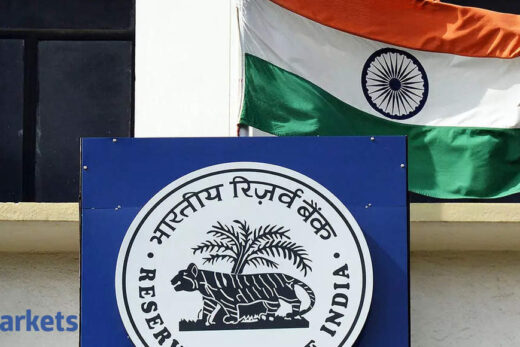Preliminary estimates show household financial savings rate sequentially fell to to 10.4 per cent of GDP in Q2’2020-21 from the high of 21.0 per cent in the preceding quarter.
This reversion is mainly driven by the increase in household borrowings from banks and NBFCs accompanied by a moderation in household financial assets in the form of mutual funds and currency, RBI said on the report. But households’ financial savings rate for Q2′ 2020-21 ruled higher than that of 9.8 per cent witnessed in Q2′ 2019-20.
With the gradual reopening/unlocking of the economy, households have switched from an ‘essentials only’ approach to discretionary spending, which is also reflected in the reduced pace of contraction in private consumption to 11.3 per cent compared with 26.3 per cent contraction in Q1:2020-21, leading to the moderation of household financial savings from the peak in the previous quarter.
Reserve Bank’s consumer confidence survey of November 2020 round showed a marginal improvement over the all-time low recorded in the September 2020 round, indicating scope for further moderation in household financial saving, going forward.
Also, advances by commercial banks at end-December displayed a significant pick up of 2.7 per cent on a quarter-on-quarter basis from a tepid growth of 0.2 per cent in the previous quarter while deposits moderated to 1.5 per cent as against 2.9 per cent over the same period.
Credit flows in personal loans of scheduled commercial banks (SCBs), vehicle loans, consumer durables and credit cards turned the corner by posting positive growth in Q2:2020-21 as against a contraction in the previous quarter. The credit growth for housing strengthened further to 1.3 per cent in Q2:2020-21 from 0.4 per cent in Q1.
This could be symptomatic of a further moderation in household financial savings rate during Q3’2020-21, though buoyant stock markets may provide some offset by portfolio re-balancing by households through investments in shares and debentures, including units of mutual funds, RBI said.



